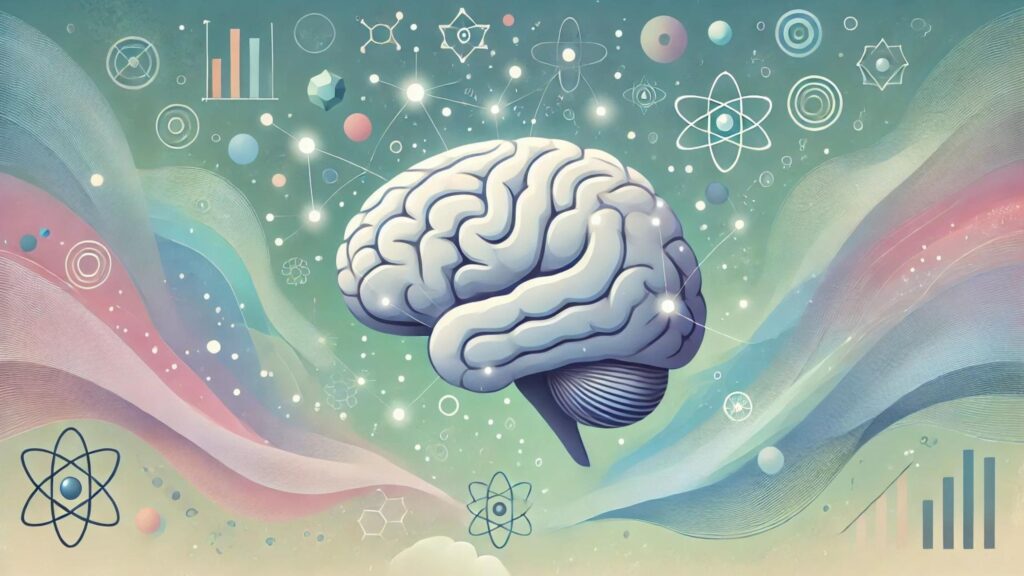Hypnosis is often associated with mysticism, but science proves its usefulness.
Research confirms that hypnosis is effective in pain management and treatment of mental health problems.
In this article, we discuss the science behind hypnosis using neurological basis and clinical applications of hypnosis, based on recent studies.  The science behind hypnosis examines how our brains respond during a hypnotic trance.
The science behind hypnosis examines how our brains respond during a hypnotic trance.
Neurological studies show that specific brain regions, such as the prefrontal cortex and anterior cingulate cortex, are more active during hypnosis.
This explains the increased concentration and suggestibility in this state.
For a complete understanding of hypnosis, it is important to refer to existing articles on what hypnosis is, how it works, and misconceptions about hypnosis.
Scientific research remains essential to better understand and develop the mechanisms and applications of hypnosis.
Science behind hypnosis and the neurological basis of hypnosis
Brain waves and states of consciousness
During hypnosis, brain waves change to alpha and theta waves, associated with deep relaxation and suggestibility.
This creates unique brain states in which specific areas, such as the prefrontal cortex, remain active(Frontiers).
Scientists found that these brain regions are crucial for processing suggestions.
This explains the increased focus and concentration during trance.
Functional brain connectivity
Not only brain waves, but also the functional connectivity between brain regions changes during hypnosis.
Communication between different parts of the brain decreases, which turns the focus inward.
Research with fMRI shows that critical brain regions, such as the dorsolateral prefrontal cortex, become less active during hypnosis(Frontiers).
As a result, patients are less sensitive to outside distractions. 
Science behind hypnosis and clinical applications
Hypnosis for pain management
Clinical studies show that hypnosis is effective for pain management.
Patients experience less pain and use less medication(Frontiers).
Hypnosis affects the pain processing process in the brain, making pain less intense.
This technique is especially useful in surgery and chronic pain.
Hypnosis for mental health
Hypnosis also plays an important role in mental health care.
Hypnotherapy has been found to be effective for anxiety, depression and PTSD.
Patients in trance are open to positive suggestions, making it easier to release emotional blocks(Frontiers).
In PTSD, hypnosis helps patients process traumatic memories safely.
Science behind hypnosis regarding safety and effectiveness
Meta-analyses and research findings
Recent meta-analyses confirm that hypnosis is a safe and effective treatment.
Research shows that hypnosis has consistently beneficial effects in pain management and mental disorders(Frontiers).
There are few side effects, making hypnosis an attractive alternative to medication.
The science behind hypnosis and future research directions
Although hypnosis shows promise, researchers are calling for more studies.
Research on factors such as age and hypnotizability may help make hypnosis more effective(Frontiers).
Future studies may further clarify the role of these factors and the science behind hypnosis.
The future of hypnosis in science and medicine
Innovative applications
Hypnosis combined with technology, such as virtual reality, offers great potential.
VR can enhance hypnosis by further disconnecting the senses from the external world.
This allows patients to enter a deep trance faster, which increases the effectiveness of treatments.
Hypnosis and neuroplasticity
Scientists expect hypnosis to play a major role in neuroplasticity research.
The brain’s ability to restructure itself may play an important role in rehabilitation programs for people with brain injuries(Frontiers).
In addition, hypnosis can help bring about lasting behavioral changes.


